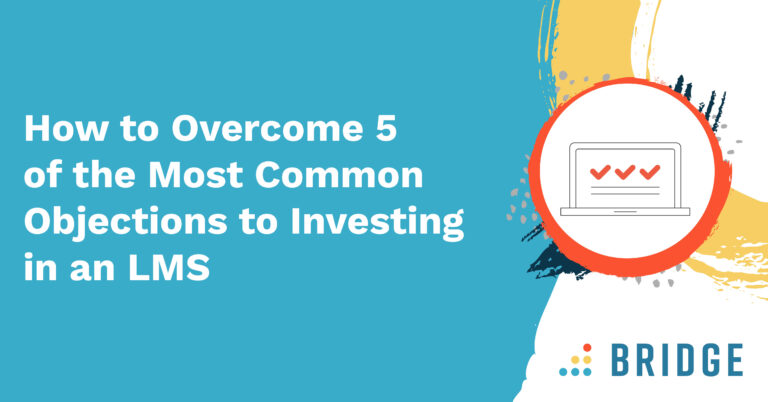Sit back, grab a cuppa, and enjoy the story of Company X.
Once upon a time there was Company X. A thriving business, making its way in the world in one of the Land’s most-bustling cities, all was well. Then along came the Big Mean Invisible Evil. Chaos reigned in the land, but not in colossal warfare style. Oh no, this chaos saw all the hard-working employees of Company X switch off their office computer for one last time before taking a socially distanced journey home, along with all the other hard-workers from Companies A through Z.
Now, with remote working in place on a scale never known before, Company X bumbled along. Everyone was reacting to the global upheaval of an enemy it couldn’t see. As long as the work got done, everything was good, right?
Well, unfortunately, this fairy tale comes to an abrupt end when a few months pass and Manager A receives a letter of resignation from their Star Employee B, loses out on a big contract because Employee C didn’t have the right skills to take it on, and Employee D announces that they just cost the company £20,000 in an error of epic proportions which no one saw coming.
Frankly, the moral of this story is that managing a remote workforce without a Learning & Performance Management solution is a Grade 1 Disaster.
Remote Workforces Need Remote Management
One survey found that between 2005 and 2017 there was a 159% increase in remote working. It doesn’t take a genius to work out what coronavirus has done for that trend.
Remote working is here to stay with 74% of UK businesses saying they plan to maintain the increase in home working that has been spurred on by the events of this year.
However, managing multiple elements of a remote workforce, including new starters, is considerably different from managing that one desperate employee who you very kindly allow to work from home on Fridays due to childcare reasons after 5 previous years of 9-5. Remote workforces need a new and dedicated model of management if they aren’t to stagnate, disintegrate and shatter our fairy tale illusions.
The 8 Advantages of Using a Learning & Performance Management Platform
- Monitoring the ongoing needs and desires of employees in line with organisational objectives.
- Accessible learning delivered in multiple different ways.
- Greater interactivity, collaboration and relationship building amongst geographically separated workers.
- Consistency and the development of a single team and organisational culture, even without a physical hub.
- Ease of access to useful workforce and organisational info and data from contact details to organisational charts.
- Future-proofing the business by developing staff in line with what will be needed down the line.
- Assessing and quantifying the performance and success of individuals and teams.
- Providing support to isolated employees.
Expecting remote management to efficiently and effectively manage remote workers without the right tools for the job is foolhardy at best and perilously dangerous for the health of the business at worst.
The Right Learning & Performance Management Solution
Even those businesses which have managed remote working in 2020 successfully by attempting to replicate the workplace-based models of learning and performance in the remote working arena will soon discover that a different long-term solution is needed. Soon, if not already, it will become apparent that learning and performance in the organisation are woefully unaligned and the workforce is gradually becoming disengaged and unproductive.
Make managing a remote workforce work with Bridge Learning and Performance Management. Get a demo and discover how to do it differently, in a way that will ensure your remote workforce is primed for the future and remains your greatest strength. End the story differently.



